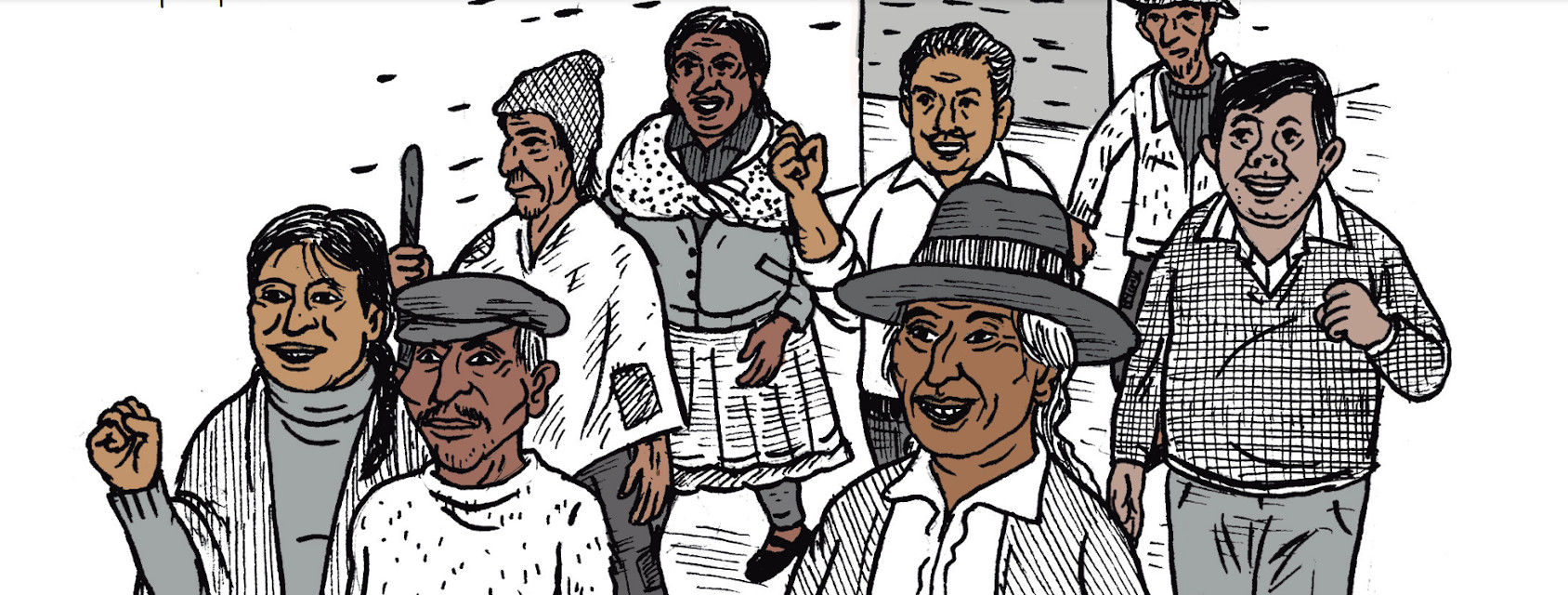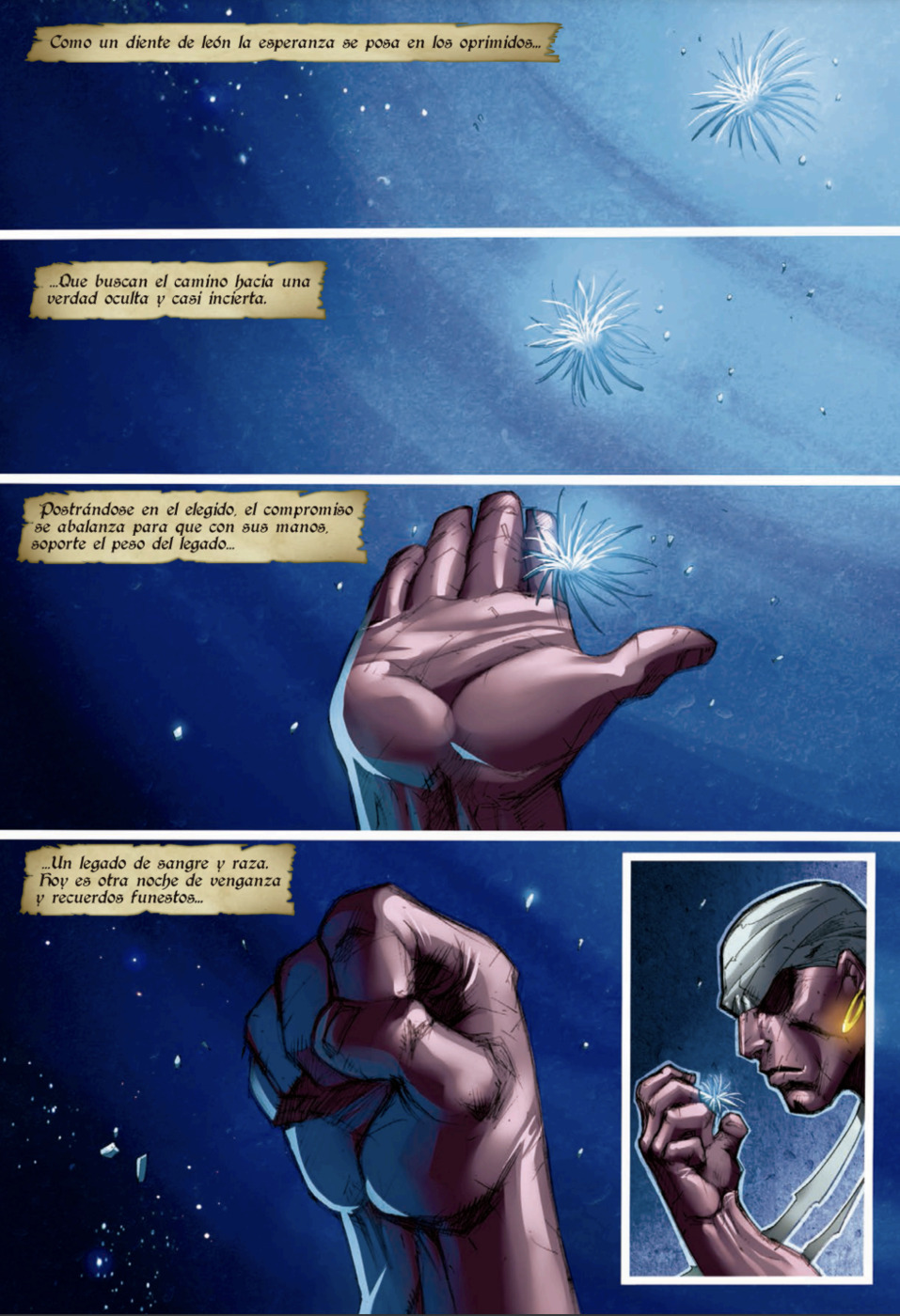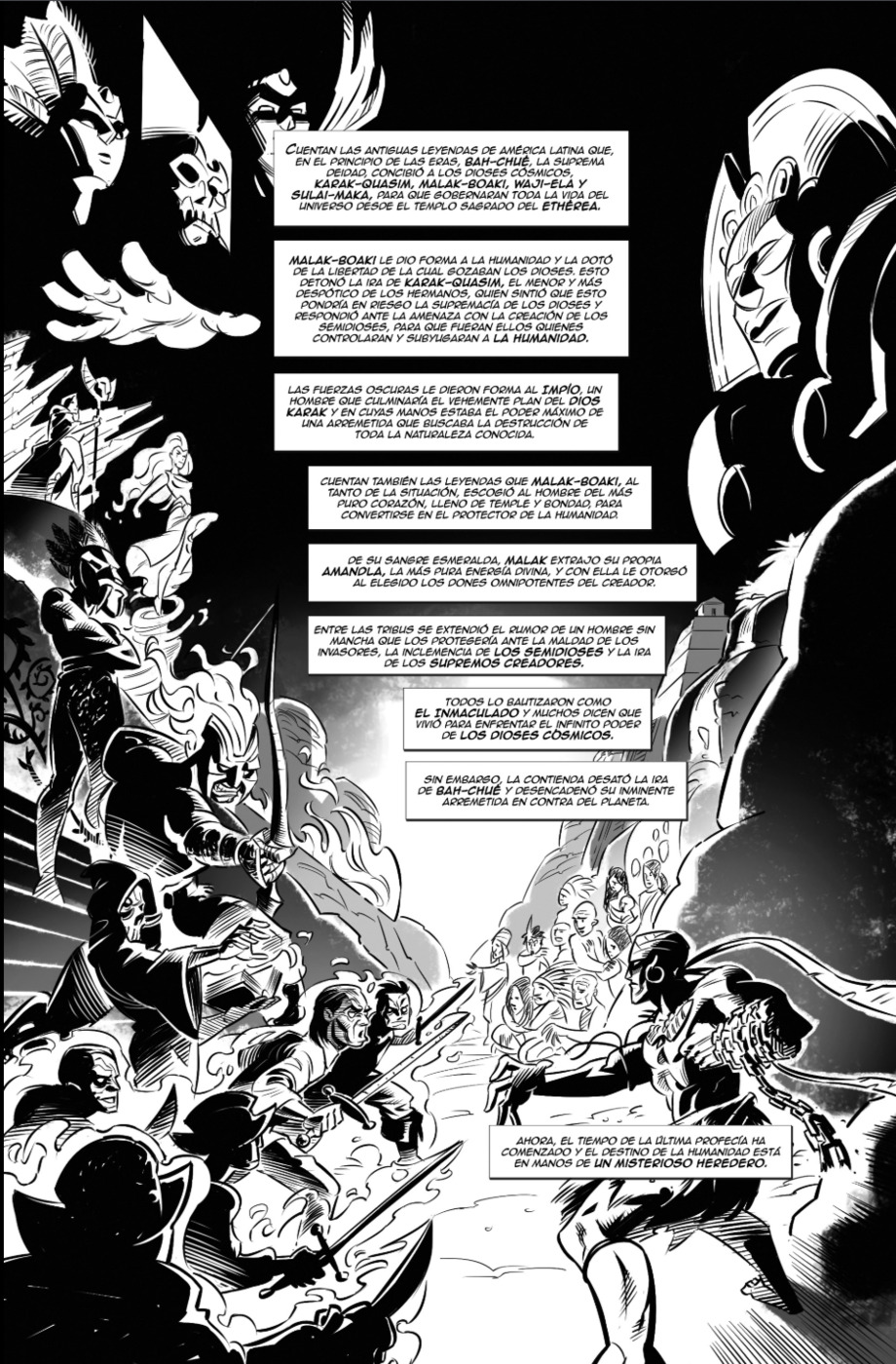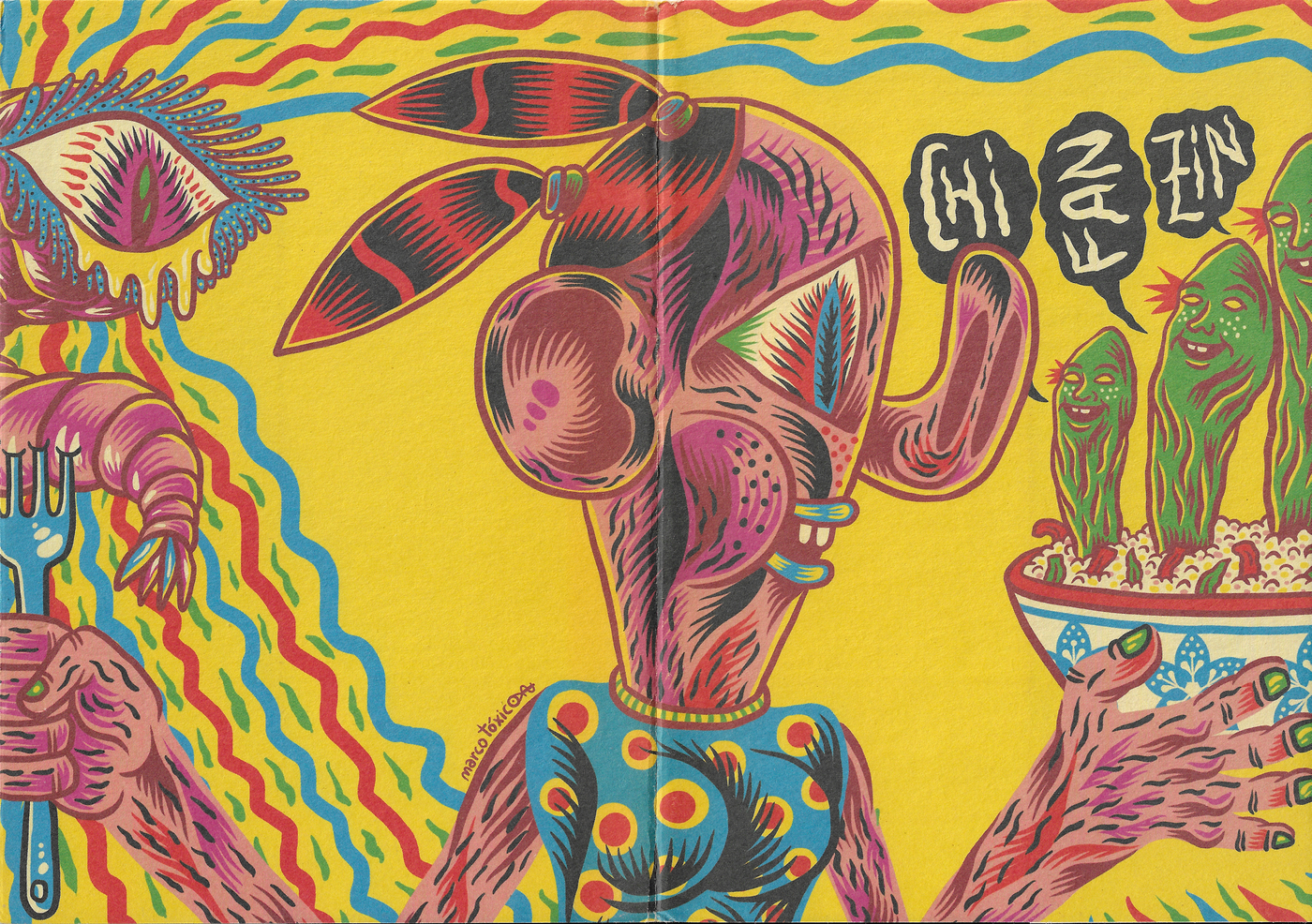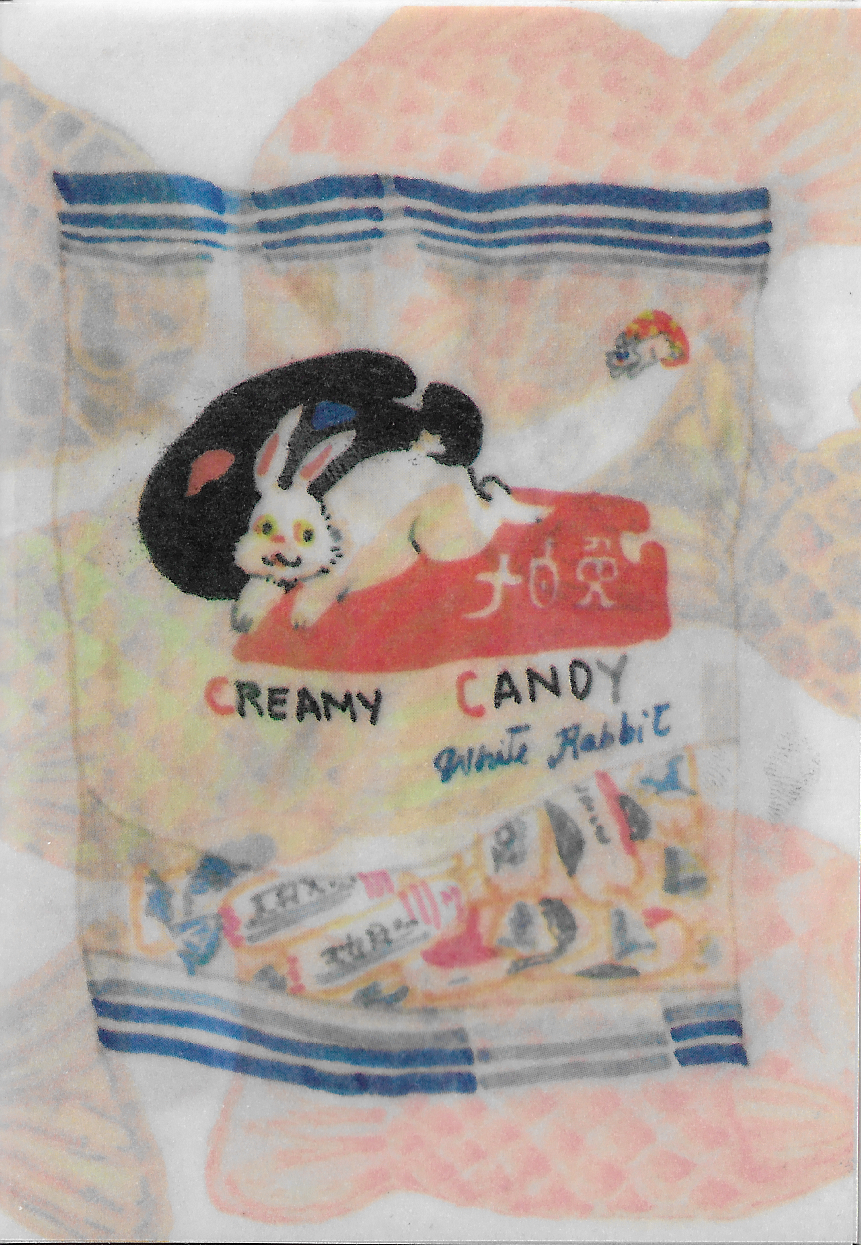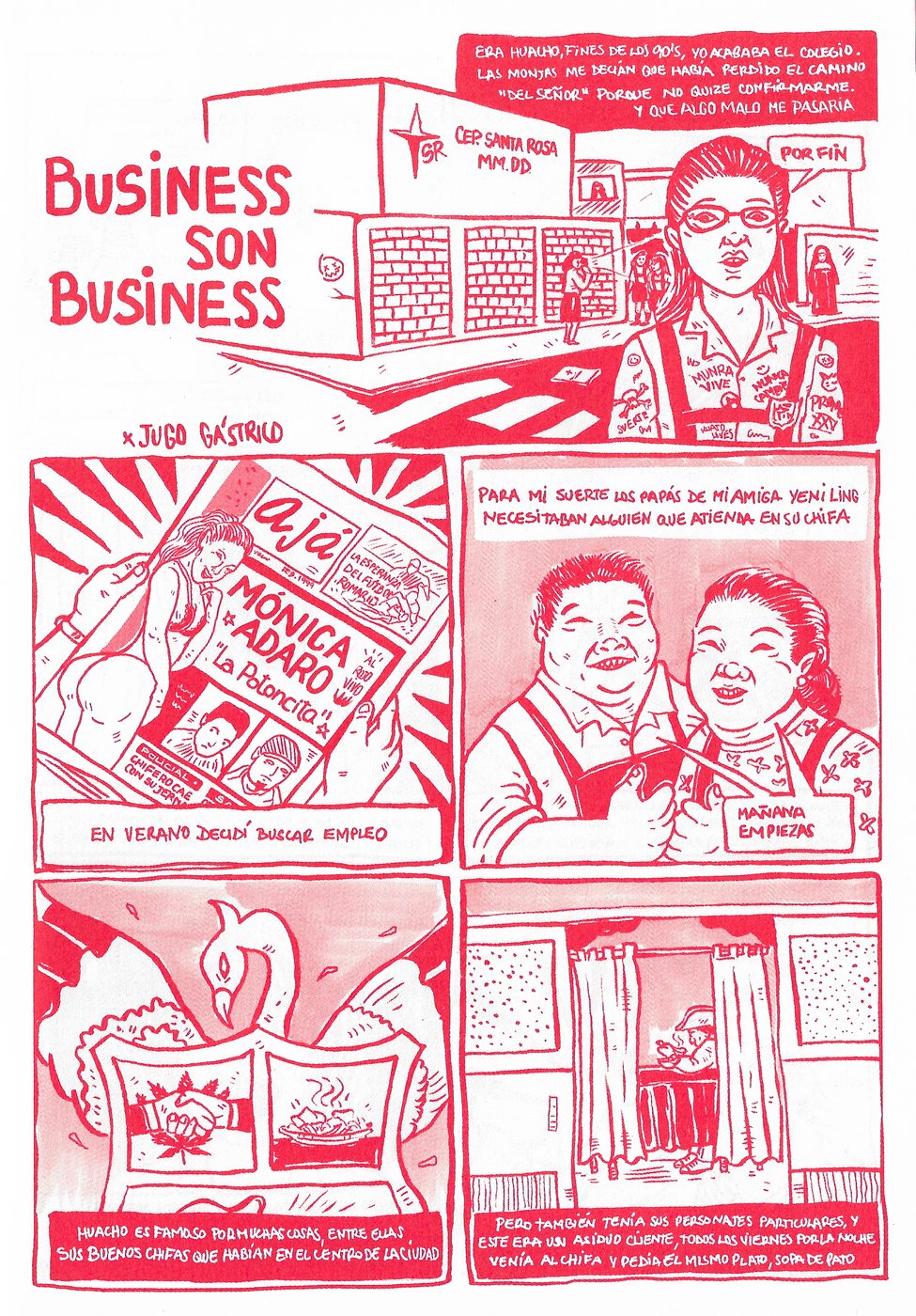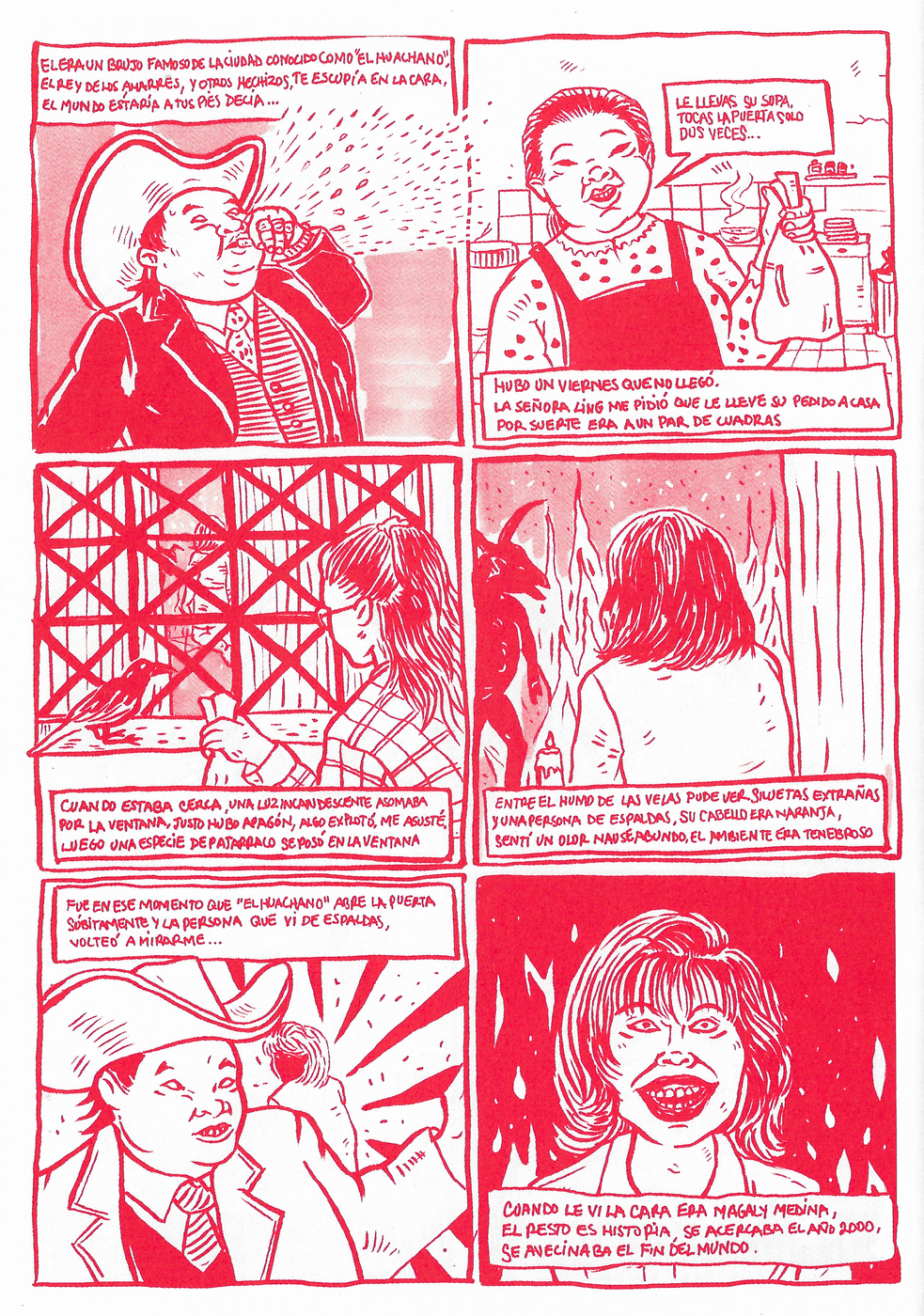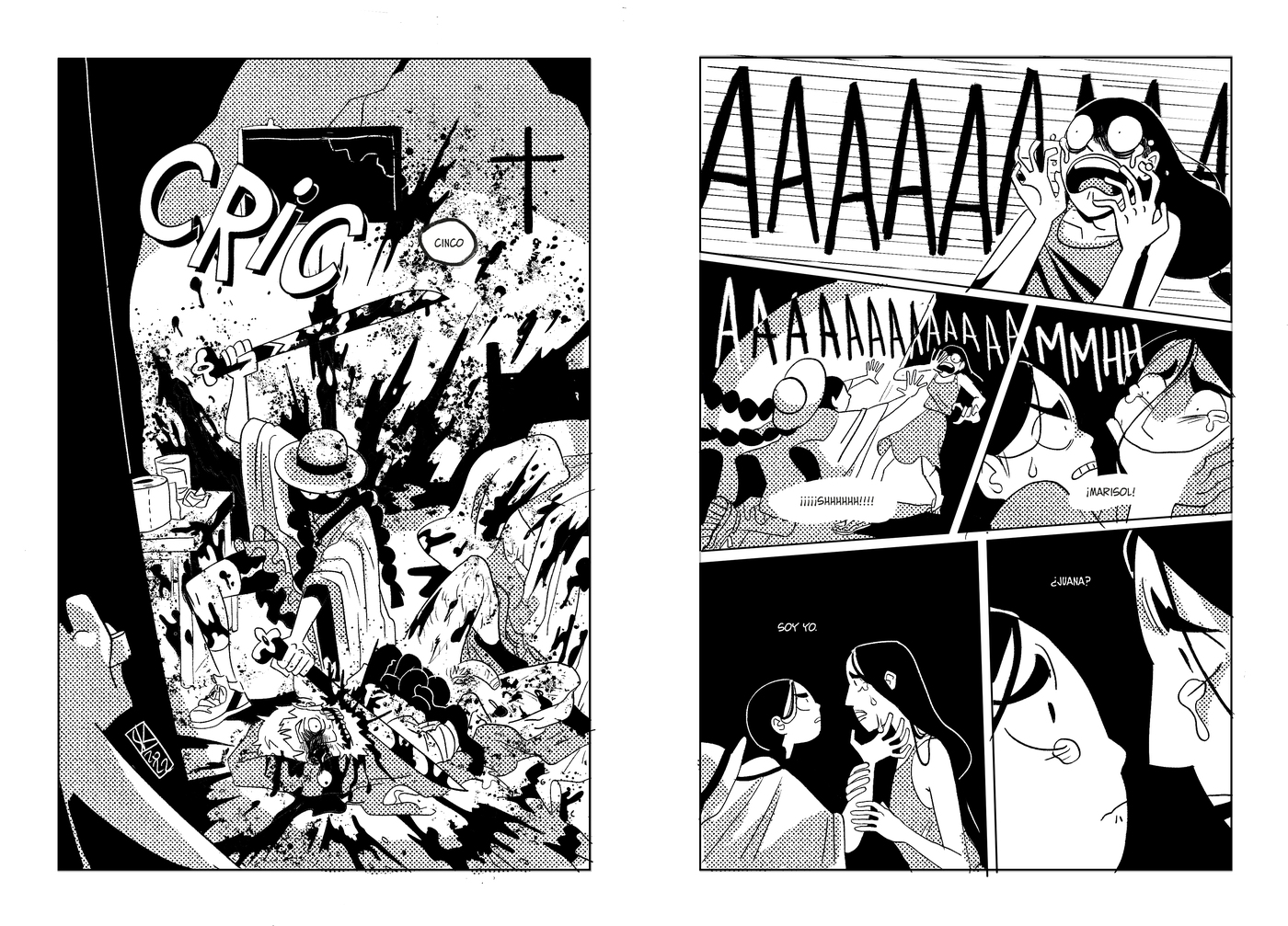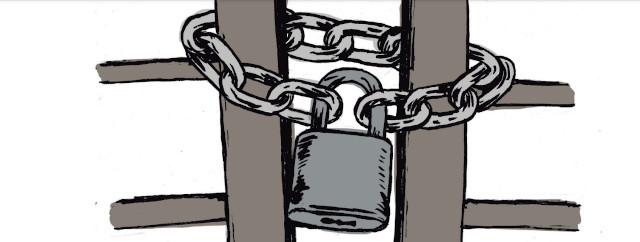Zambo Dendé is a comic within a multimedia multiverse, developed in 2011 in Bogotá by 7GLab Entertainment Inc. Described as a “Latino”, Dendé is depicted as a light-skinned Latin American equality-fighting hero, son of enslaved African and Indigenous parents. Dendé’s racialised identity is connected to the ideology of mestizaje-racial and cultural mixture as nation-building myths. Under a discourse of purported national homogenization and equality, mestizaje hides a hierarchy of social inclusion and exclusion based on mestizo whiteness-privileging racial mixture imaginaries (Wade 2010; 2017). Mestizaje is a social system that privileges light-skinned mestizo populations and, in the narrative of mestizaje, Latin Americans are constitutively mestizo, the result of the cultural and ‘racial mixture’** of Indigenous and European populations.
With the multicultural turn in the late 1990s in Latin America, Afro descendant populations were incorporated into the narrative of mestizaje. The racial figure of the zambo was created as a colonial racialised category considered rebellious and of lesser value, referring to people of mixed Indigenous and African descent. In the comic, Zambo is lionised as a hero yet depicted as light skinned. He is proud of his Indigenous and Black ancestry, yet he himself is not either. He embodies a subaltern hero represented through the point of view of what I denominate “the mestizo gaze”: “a way of seeing that actualises the projects of mestizo politics and the narrative of mestizaje through the production of social, visual, and aural representations”.
** The use of quotation marks around the term “racial mixture” denotes that it is not a biological essence or taxonomic concept, but the product of a set of interrelated ideologies with varying meanings and effects.
Abeyamí Ortega

